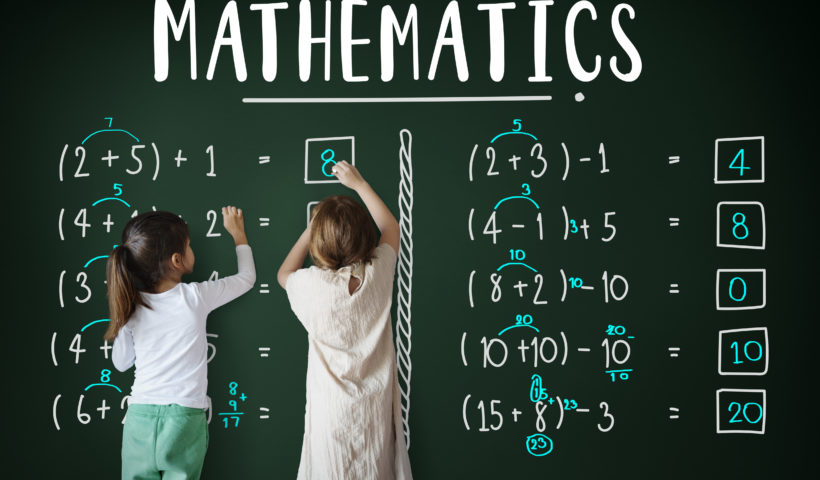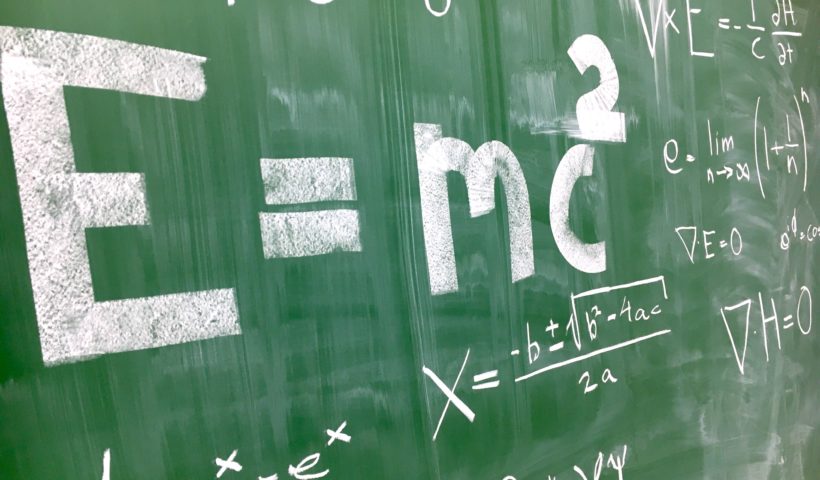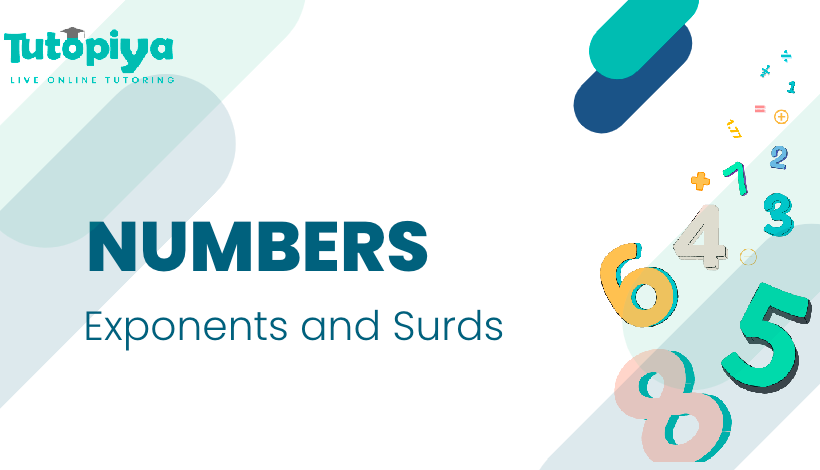[Please watch the video attached at the end of this blog for a visual explanation of the rate] You will obviously have heard the word…
View More Introduction to Rate | Cambridge IGCSE MathematicsAuthor: Chamathka Karunanayake
Introduction to Exponential Growth and Decay
[Please watch the video attached at the end of this blog for a visual explanation of exponential growth and decay] In this article we…
View More Introduction to Exponential Growth and DecayIntroduction to Limits of Accuracy | Cambridge IGCSE Mathematics
[Please watch the video attached at the end of this blog for a visual explanation of the limits of accuracy] This lesson is closely linked…
View More Introduction to Limits of Accuracy | Cambridge IGCSE MathematicsIntroduction to Exponents and Surds | Cambridge IGCSE Mathematics
[Please watch the video attached at the end of this blog for a visual explanation of exponents and surds, as well as how to use…
View More Introduction to Exponents and Surds | Cambridge IGCSE MathematicsIntroduction to Money Conversions | Cambridge IGCSE Mathematics
[Please watch the video attached at the end of this blog for a visual explanation of money conversions] While this is quite a short…
View More Introduction to Money Conversions | Cambridge IGCSE MathematicsIntroduction to Standard Form | Cambridge IGCSE Mathematics
[Please watch the video attached at the end of this blog for a visual explanation of standard form] In today’s article, we will be…
View More Introduction to Standard Form | Cambridge IGCSE Mathematics







